In 2018, Qualcomm's acquisition of NXP ended in failure. NXP had to find another company to fill the gap. According to Kamal Khouri, general manager of NXP's Senior Driver Assistance System, NXP had been working on Plan B in case the deal failed.
This year, the autopilot chip market is highly competitive. NVIDIA released the world's first commercial L2+-class autopilot system, NVIDIA DRIVE AutoPilot, at the beginning of the year. NVIDIA's entry into the L2+-class chip market will further intensify competition in the chip market between L2 and L3 in the next three years. At the same time, Xilinx announced a strategic partnership with ZF to support the latter's autopilot domain controller ZF ProAI, which handles real-time data aggregation, pre-processing and distribution while providing computational acceleration for AI processing. In addition, many AI chip startups in China are accelerating their development. For example, Horizon Robotics, the company has just received about $600 million in Series B financing, with a valuation of $3 billion.
For NXP, the competition in this market is getting bigger and bigger. It is difficult for the NXP itself to occupy a favorable position in the automotive market. For this reason, the industry has set its sights on NXP's Plan B.
In January, NXP announced the development of an automated driving computing platform in partnership with Kalray, a parallel computing chip manufacturer founded in 2008. The purpose of the cooperation between the two parties is to make up for the weakness of NXP and provide customers with chip computing platforms from the current L2 level to L3, L4 and even L5 level.
According to NXP's plan, Kalray's parallel processor array will be integrated into its BlueBox central domain controller in the future. Kalray's MPPA processor will handle the autopilot perception and modeling phase, using sensor fusion, target detection and other artificial intelligence techniques to model the car's surroundings. The NXP chip is responsible for handling the path planning of autonomous driving. This means drawing the route the vehicle should take according to the surrounding environment, then telling the vehicle where and how to drive. The BlueBox features the Cortex-A72 Layerscape processor and an embedded vision chip based on the Cortex-A53 design.
The challenge is not only to enable the autonomous driving system to take on more and more driving functions, but also to do so without compromising safety and reliability.
According to Stephane Cordova, director of embedded computing at Kalray, Kalray has been developing high-reliability security chips. The latest 28nm chip contains 288 cores, can run teraflops per second, and allows each core to work independently. If one of them fails, the other can take over what it is doing without causing the entire chip to fail.
According to industry sources, NXP is negotiating with a major European OEM to provide a complete NXP/Kalray system. According to previous plans, the launch time of this system is the first half of this year.
In terms of operating systems, NXP announced a strategic partnership with embedded security company Green Hills to focus on ADAS and autonomous driving applications. The goal is to extend the ecosystem of ADAS and central computing systems around NXP's existing S32 series with Green Hills' INTEGRITY Real-Time Operating System (RTOS).
The joint goal of the two companies is to deliver high-capacity, mass-production electronic control units (ECUs) to facilitate the development and testing of critical safety applications and to target L2, L3 and higher autopilot systems. Green Hills uses its complete RTOS technology as the security core of both autopilot software platforms, one of the most highly recognized RTOSs in the embedded industry, which has been certified by ASIL D and SIL 4.
NXP is also stepping up its layout in response to future automotive internal and external network connections. Last year, NXP announced the acquisition of OmniPHY, a provider of automotive Ethernet subsystem technology. The latter's interface IP and communication technology and NXP's automotive portfolio will form a one-stop solution for automotive Ethernet. The technical synergies between the two companies will revolve around the 1.25-28Gbps PHY design and 10-, 100- and 1000BASE-T1 Ethernet in the advanced process.
In V2X (Vehicle-to-everything), NXP announced last year that it has partnered with Hitachi to develop a new V2X solution that combines NXP's V2X chipset and Hitachi's V2X software stack to achieve V2X operation at 5.9GHz and 760MHz. Support the implementation of V2X technology in the European Union, the United States, South Korea and Japan. The new V2X solution will be available in Japan in 2019 and will be rolled out to other markets such as Europe and North America.
NXP has always been in a dominant position in automotive MCUs, infotainment system chips (iMX), and automotive radar RF chips, but for NXP, whether the "Plan B" can progress as expected will determine its future position in the field of autonomous driving.

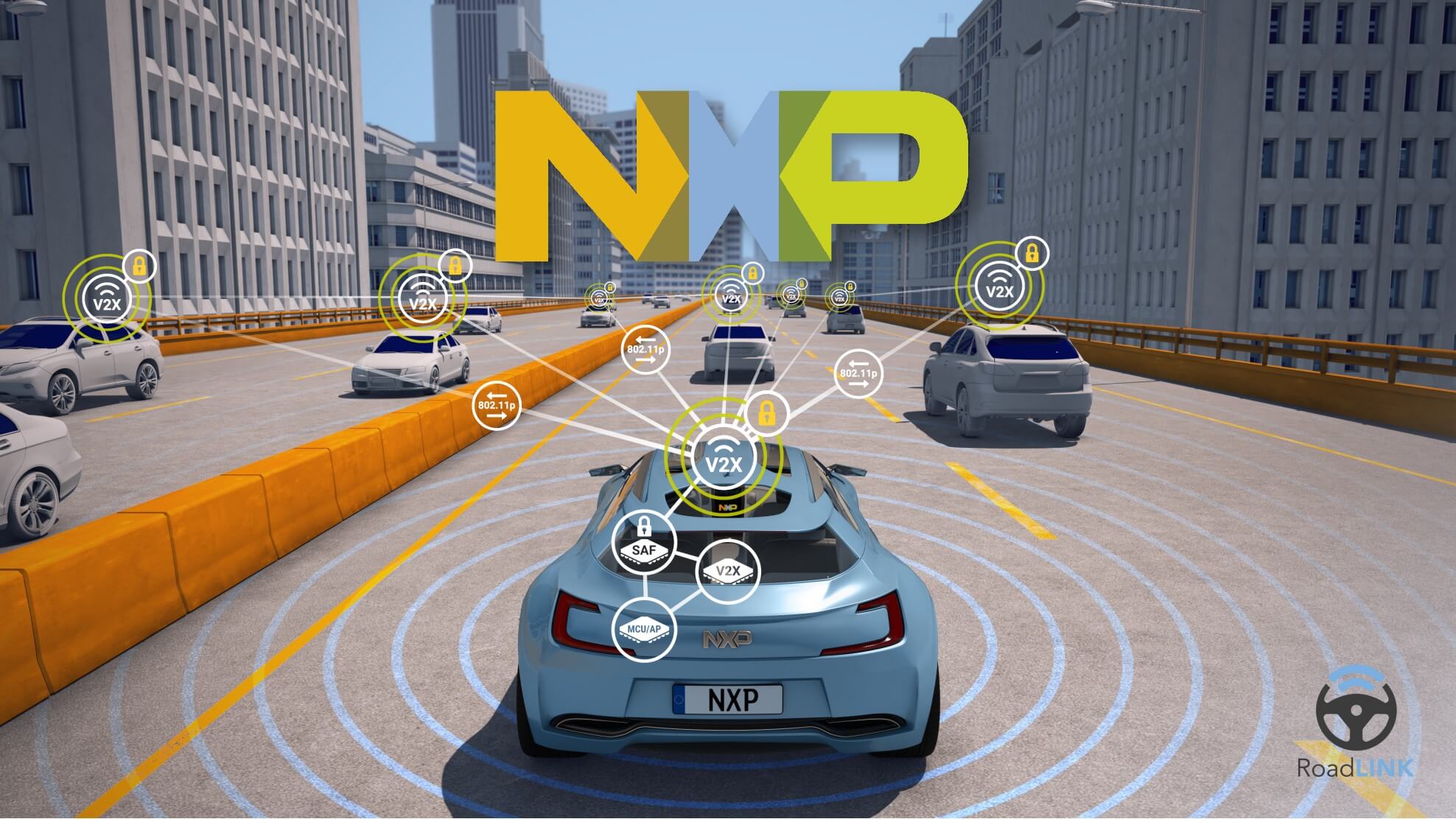






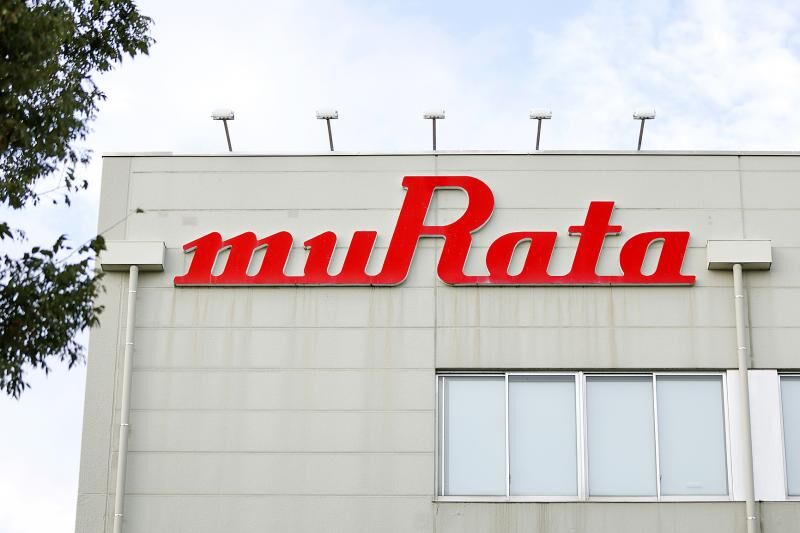
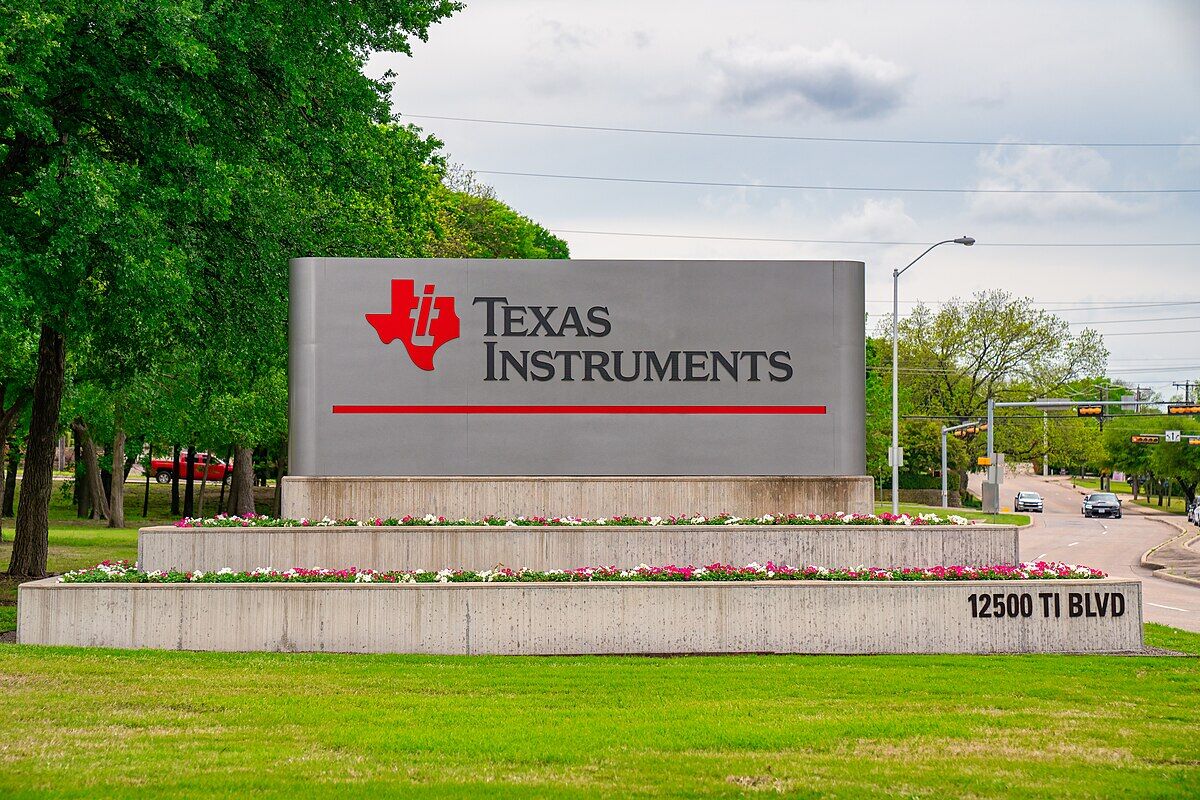
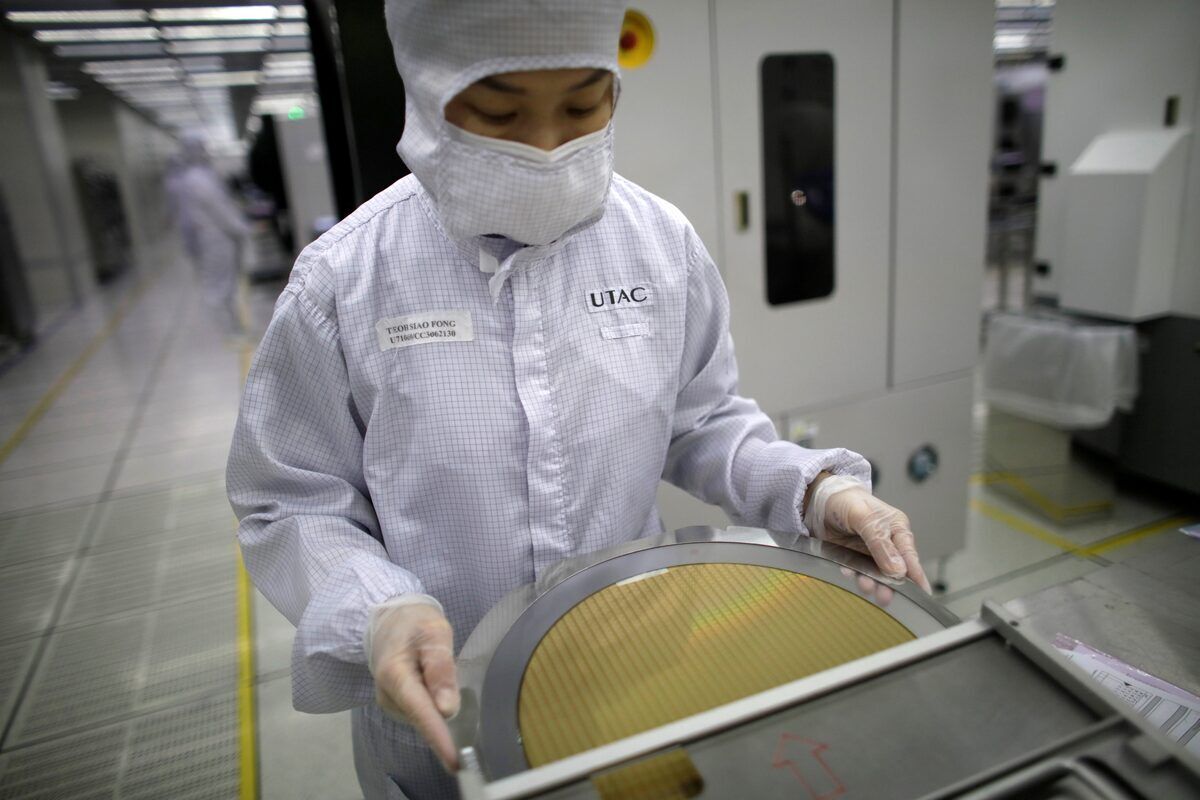
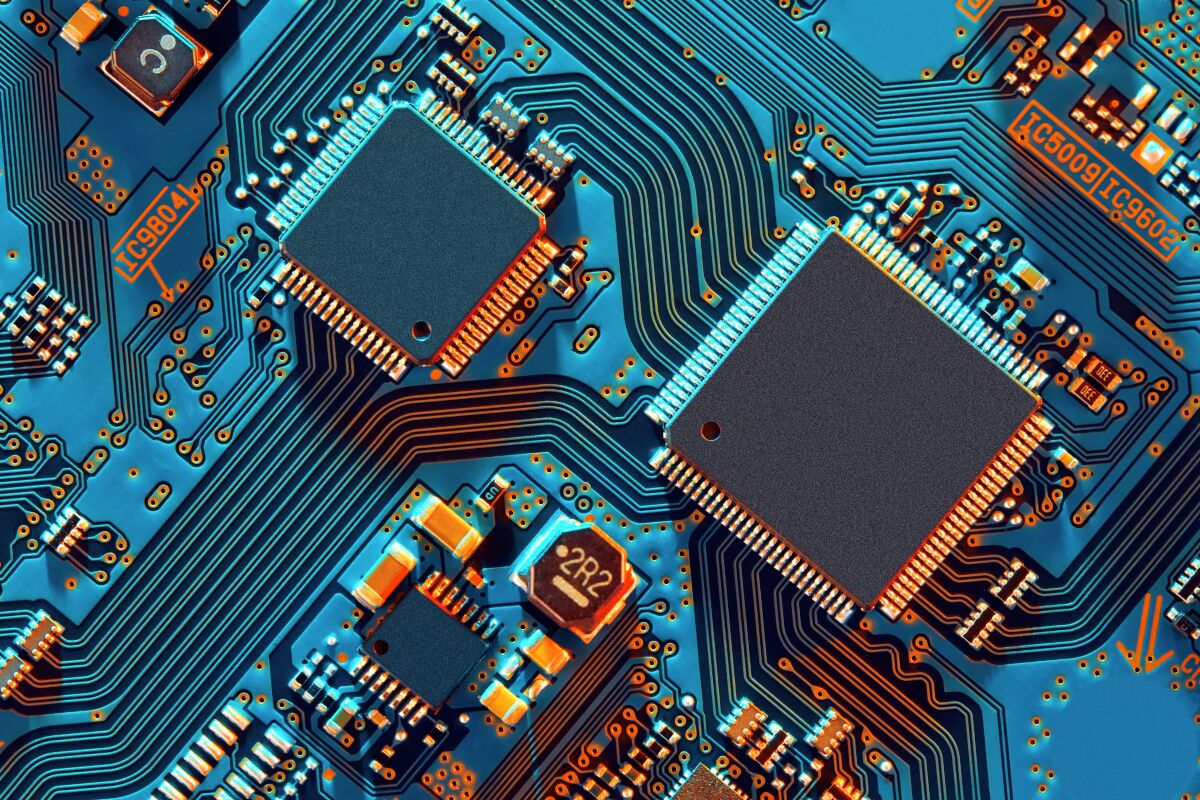
All Comments (0)